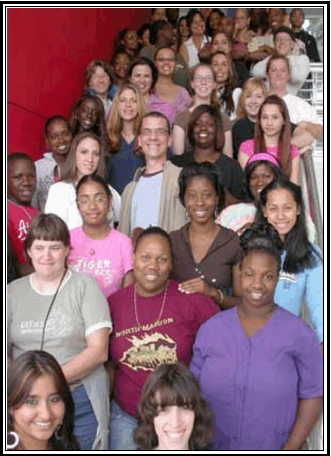What used to hold congregations together was a shared language, a shared culture, a shared past, a shared story, often a shared skin colour. People got together in what has been called “lifestyle enclaves”: groups of like-minded people who came together to hold to, celebrate, and reinforce their shared identity. But, as with farming, there are serious problems with such monocultures: single crops exact a toll on the soil and the absence of diversity robs the soil of balance. In today’s churches, one would be hard-pressed to find agreement on almost anything – theology, ritual, doctrine, values… But despite people’s differences, they usually share at least two things in common: they have come to this church and stayed; and in the differing stories they tell, one can detect the constant presence of the Spirit. If nothing else they are joined by their common practices. This is “orthpraxy,” rather than “orthodoxy” – right practice, as opposed to right doctrine! Diversity is neither a nice gesture to newcomers, nor a form of welcoming: it is an intentional practice of community-building, and a necessary one. We seek diversity in order to find richness and growth through differences, varying strengths, gifts, diverse points of view. We seek it not to be nice, but because we need it. Someone has coined the phrase “polyculture of the spirit,” as opposed to a monoculture. One of the hallmarks of a vibrant congregation is its ability to hold in creative tension differing tastes, different theologies, different perspectives all in the name of the One who keeps calling us. Diversity is the practice of creating true community rather than “lifestyle enclaves.” In an attempt to live out this intentional practice of diversity, Harcourt Memorial United Church became an Affirming Congregation in the early 2000’s.
